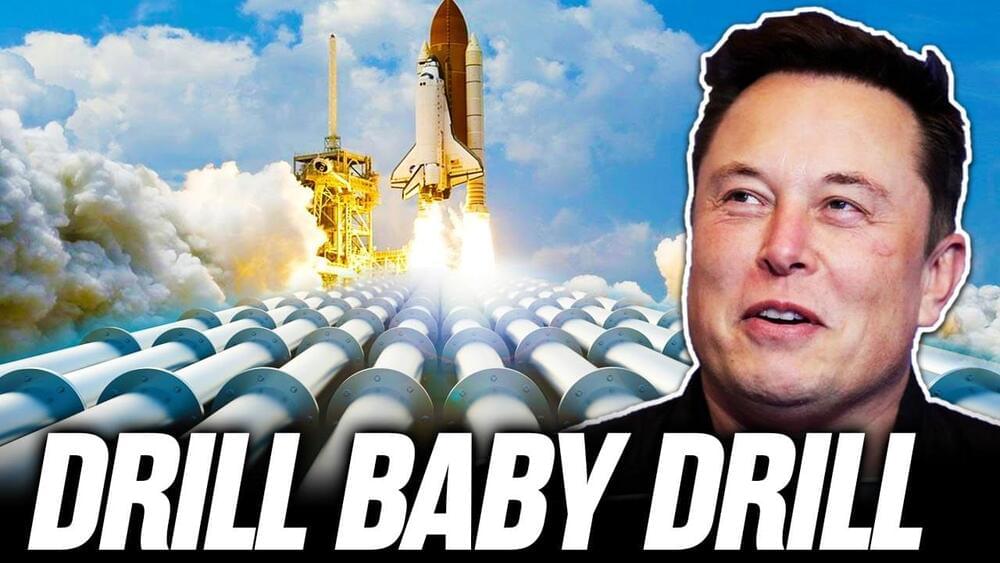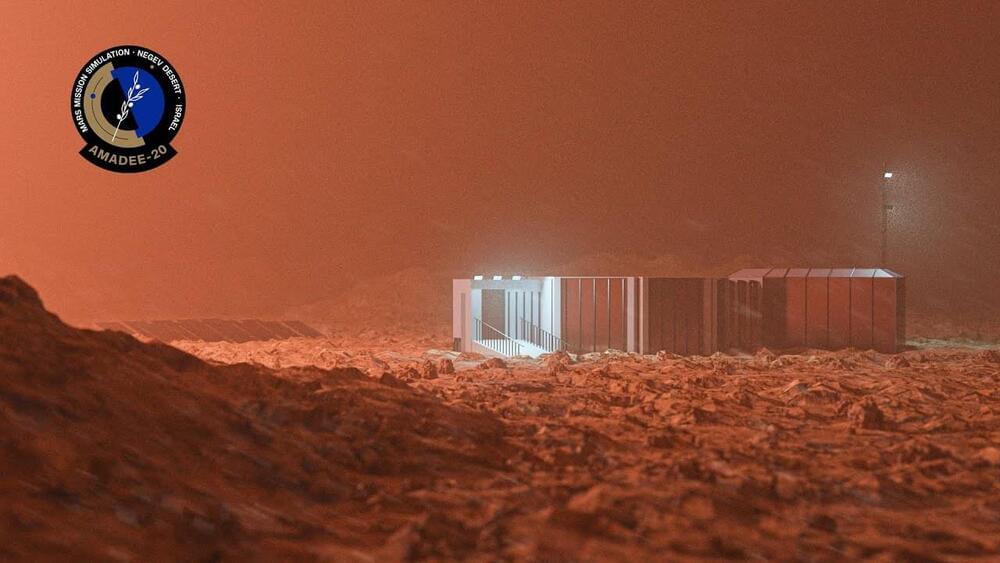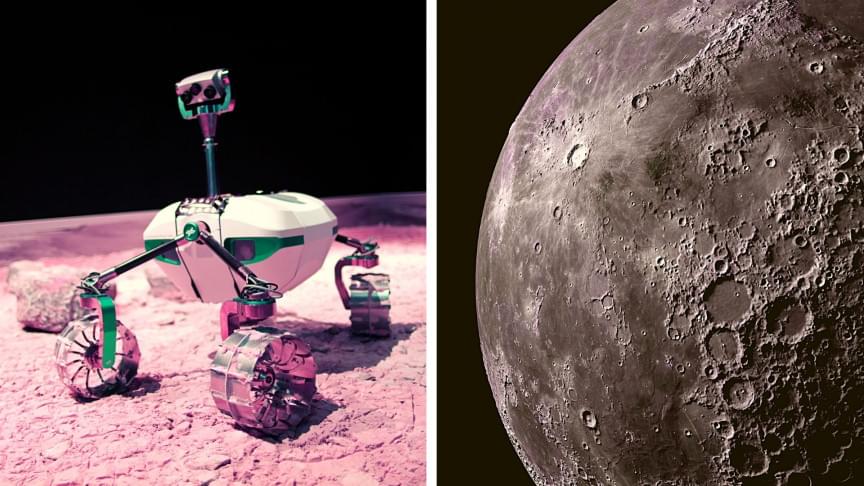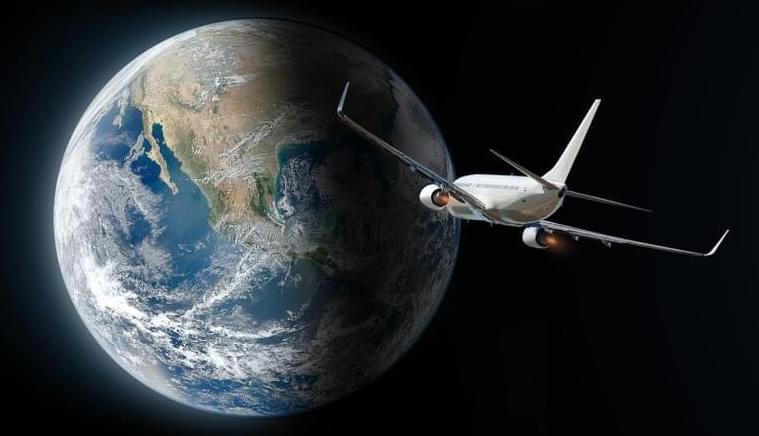Oct 17, 2021
SpaceX Is Building A Giant Gas Pipeline
Posted by Kelvin Dafiaghor in category: space travel
S SpaceX Is Building A Giant Gas Pipeline – Silently: SpaceX is not just working on going beyond the earth, but they’re also planning on going into the earth – in search of gas. They’re building a giant gas pipeline.
With the enormity of the things that’ll have to come together for such a project to take shape, why has SpaceX and the mainstream media decided to keep everything about it on a hush? And most importantly, why is a company known for space exploration drilling for oil and building giant gas pipes? W
Assume you’ve hyped up the creation and delivery of a gigantic rocketship capable of transporting humans to Mars. Assume, for whatever reason, you’ve determined that neither hydrogen gas nor conventional rocket fuel (kerosene) will work for this rocket.

















